What Labor Day is Actually About
Labor Day 2024 is set to take place on Monday, September 2. This holiday honors the contributions and achievements of American workers and is observed annually on the first Monday of September.
Originating from the labor movement in the late 19th century, Labor Day became a federal holiday in 1894. For many Americans, Labor Day weekend also marks the unofficial end of summer and is often celebrated with parties, parades, and athletic events.
A Tradition Rooted in American Labor History
Labor Day has always been observed on the first Monday in September, and in 2024, it will fall on Monday, September 2.

Source: CraigShipp.com/Wikimedia
This day, dedicated to the celebration of workers and their accomplishments, has its roots in one of the most challenging periods in American labor history.
Harsh Realities of the Industrial Revolution
During the late 1800s, at the height of the Industrial Revolution in the United States, the average American worker endured 12-hour workdays and seven-day workweeks just to make a basic living.
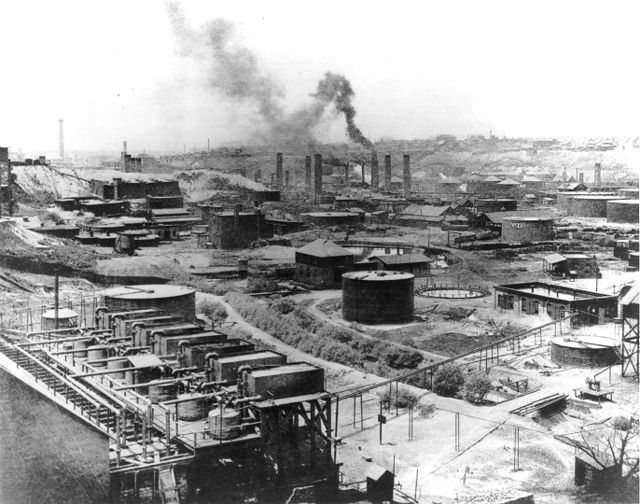
Source: Wikimedia
Despite certain state restrictions, children as young as 5 or 6 were employed in mills, factories, and mines across the country, earning only a fraction of what adults made.
Unsafe Working Conditions for Vulnerable Workers
People of all ages, particularly the very poor and recent immigrants, often faced extremely unsafe working conditions.
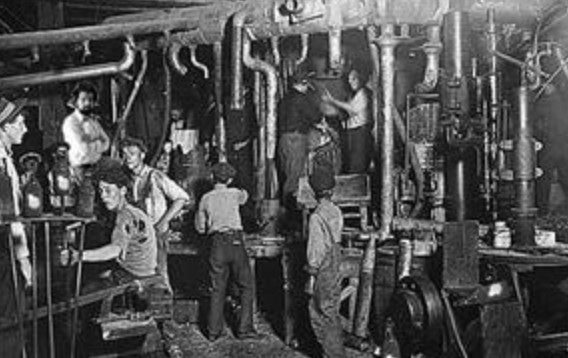
Source: The Industrial Revolution - Weebly
They had limited access to fresh air, sanitary facilities, and adequate breaks.
The Rise of Labor Unions
As manufacturing began to dominate American employment, replacing agriculture, labor unions, which had emerged in the late 18th century, became increasingly influential and vocal.
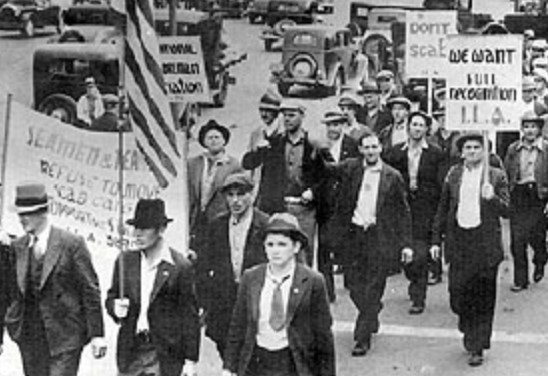
Source: Whorulesamerica
They organized strikes and rallies to protest poor working conditions and to demand better hours and pay.
The Legacy of Early Labor Protests
Many of these protests turned violent, such as the infamous Haymarket Riot of 1886 in Chicago, where several policemen and workers were killed.
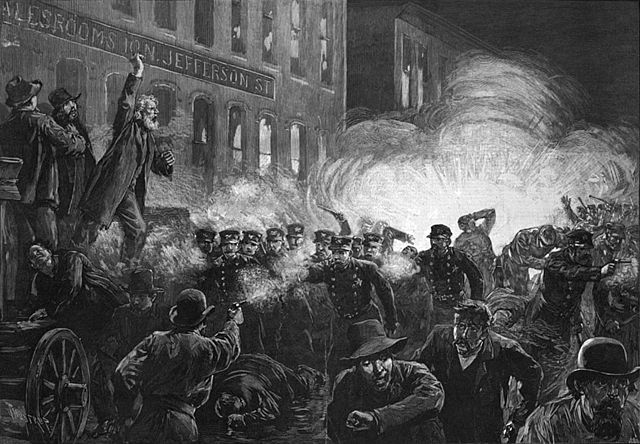
Source: Wikimedia
However, other events led to lasting traditions: On September 5, 1882, 10,000 workers took unpaid leave to march from City Hall to Union Square in New York City, holding the first Labor Day parade in U.S. history.
From Local Tradition to National Holiday
The concept of a “workingmen’s holiday” on the first Monday in September spread to other industrial centers, and many states began passing laws to recognize it.
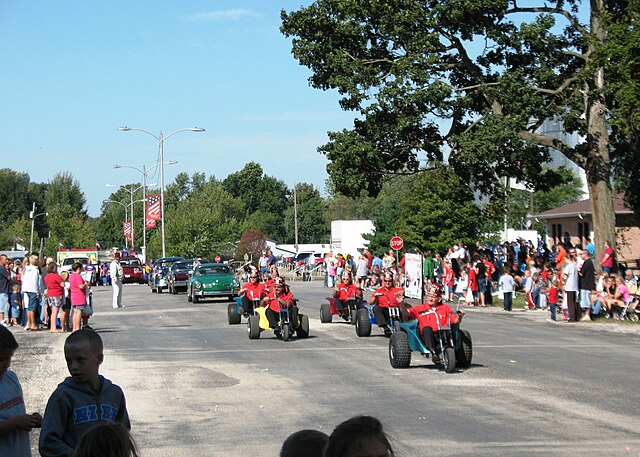
Source: Wikimedia
However, it wasn’t until 12 years later, after a pivotal moment in American labor history, that Congress officially recognized the holiday. On May 11, 1894, workers at the Pullman Palace Car Company in Chicago went on strike to protest wage cuts and the firing of union representatives.
A Turning Point in Labor History
On June 26, the American Railroad Union, led by Eugene V. Debs, called for a boycott of all Pullman railway cars, disrupting rail traffic nationwide.
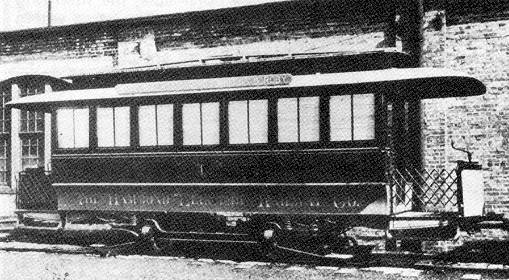
Source: Wikimedia
To break the strike, the federal government sent troops to Chicago, leading to riots that resulted in the deaths of more than a dozen workers.
The Establishment of Labor Day
In response to this unrest and in an effort to mend relations with American workers, Congress passed an act making Labor Day a legal holiday in the District of Columbia and the territories.
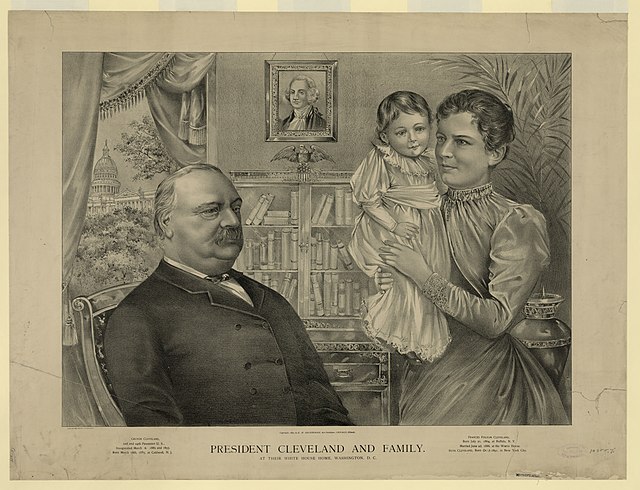
Source: Wikimedia
President Grover Cleveland signed the act into law on June 28, 1894. Over a century later, the true founder of Labor Day remains uncertain.
Contested Origins
Some attribute the creation of the holiday to Peter J. McGuire, cofounder of the American Federation of Labor.

Source: Wikimedia
Others believe it was first proposed by Matthew Maguire, a secretary of the Central Labor Union.
Modern Celebrations
Today, Labor Day continues to be celebrated in cities and towns across the United States with parades, picnics, barbecues, fireworks, and other public gatherings, especially during the long Labor Day weekend.

Source: Jim Strasma/Unsplash
For many Americans, particularly students, it signifies the end of summer and the beginning of the school year.
Standardizing Federal Holidays
The Uniform Monday Holiday Act of 1968 also played a role in shaping how Labor Day is observed.
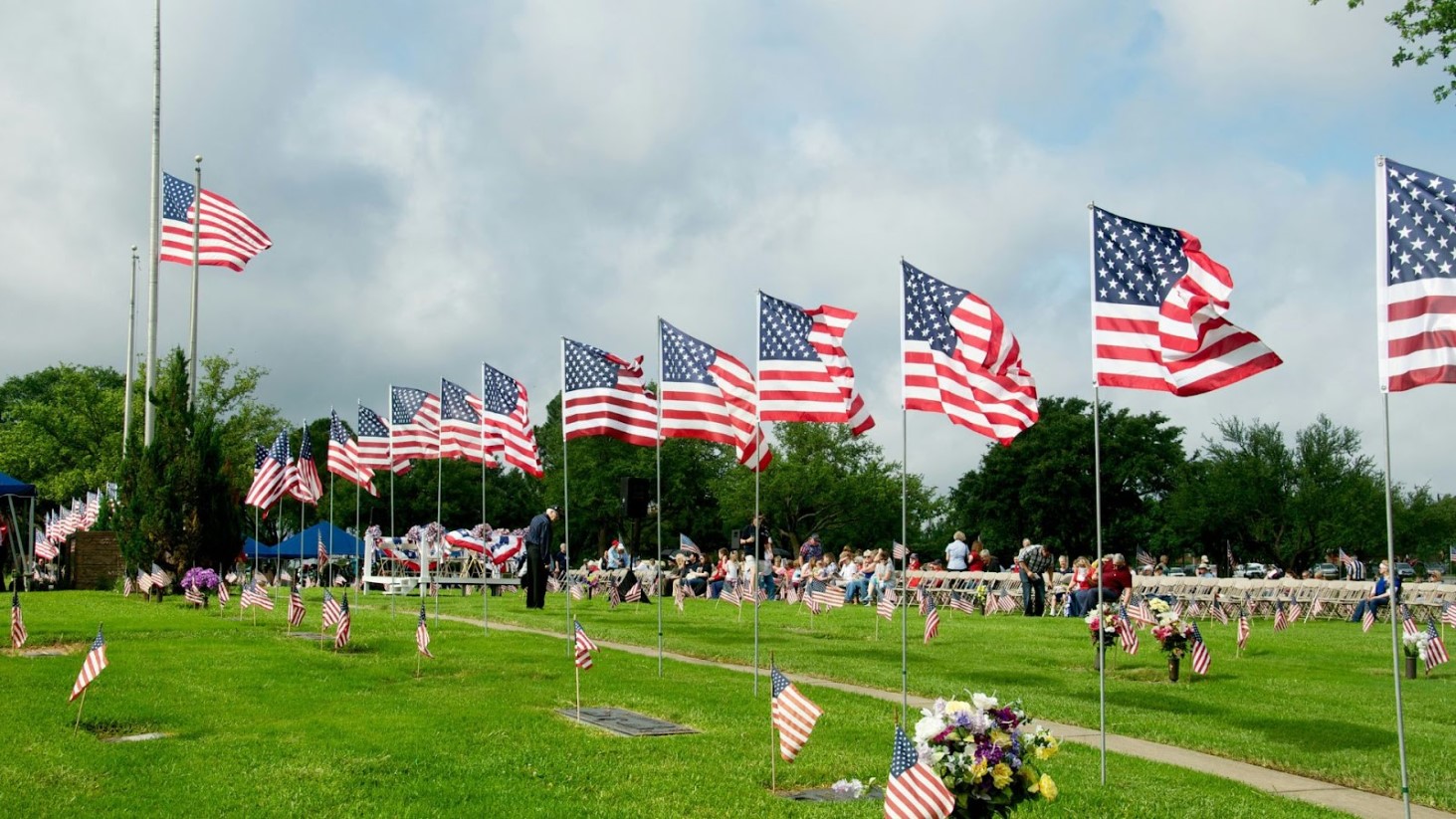
Source: Dan Dennis/Unsplash
This Act, signed into law on June 28, 1968, moved several holidays to fixed Mondays each year to provide federal employees with more three-day weekends. Besides Labor Day, other holidays that always fall on Mondays include Martin Luther King Jr. Day, Presidents’ Day, Memorial Day, and Columbus Day.
